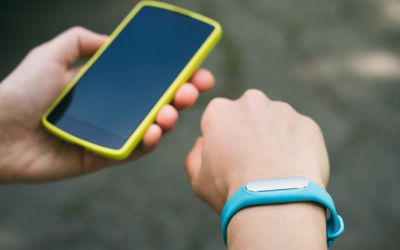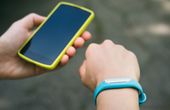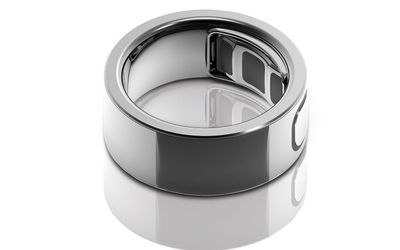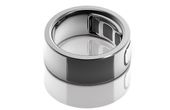Nexperia NEVB21-USBC1UL USB Type-C ESD Evaluation Board
An ESD Evaluation Board designed to demonstrate miniaturized ESD protection for USB Type-C ports offering features of TrEOS technology.
Technical Specifications
| Port | USB Type-C |
| Type | Plug and Play |
| Function | ESD Protection |
| Capacitance | 0.2 |
| Surge Current | 11 |
| Clamping | 4.4V @8A 8/20µs surge |
| Applications | Automotive video interfaces, Computer and tablet interfaces, Portables, Wearables |
Overview
Nexperia NEVB21-USBC1UL USB Type-C ESD Evaluation Board is designed to demonstrate miniaturized ESD protection for USB Type-C ports. It features a DFN0603-3 package from Nexperia, which provides a 2-channel protection solution inside a conventional 0201" (0603 mm) package. Smaller solder pads on the DFN0603-3 footprint reduce return loss, which enhances RF behavior. The device combines two protection devices into a single housing and offers TrEOS technology's advantages of low capacitance, low clamping, and high durability. On high-speed data lines, these devices also deliver exceptional RF performance. The evaluation board is used for applications including computer and tablet interfaces, automotive video interfaces, portables, and wearables.
Nexperia NEVB21-USBC1UL Components
The ESD Protection Diode Arrays PUSB3BB2DF, PESD4V0Z2BCDF, and PESD5V5U1BCSF are available on the Nexperia NEVB21-USBC1UL Evaluation Board. Each ESD Protection Device is placed in a DFN0603-3 package and is made to protect particular data lines. The PTVS22VZ1USK Transient Voltage Suppressor in a tiny leadless DSN1608-2 (SOD964) package is also included on the Evaluation Board.
The four key components are:
PUSB3BB2DF ESD Protection Diode Array
PESD4V0Z2BCDF ESD Protection Diode Array
PESD5V5U1BCSF ESD Protection Diode Array
PTVS22VZ1USK Transient Voltage Suppressor
Nexperia NEVB21-USBC1UL Features
Signal integrity, system-level ESD robustness, and footprint are the three key obstacles to finding the ideal ESD protection solution for high-speed lines. In order to maintain signal integrity, an ESD protection device is required, which offers low inductance and low capacitance. Due to potential fault scenarios when data lines could be shorted with supply lines, the surge robustness of the protection device becomes more crucial.
Nexperia NEVB21-USBC1UL USB Type-C ESD Evaluation Board provides two protection devices in one housing, maintaining the benefits of TrEOS technology, low capacitance, negligible clamping, and high robustness. It also exhibits exceptional RF performance on high-speed data lines. The DFN0603-3 series provides a clamping voltage of 4.4 V for an 8 A 8/20 s surge, surge robustness up to 11 A, and capacitance as low as 0.2 pF.
The evaluation board is a testing platform for directly benchmarking an entire USB Type-C interface. It also features protection of control data and supply lines in USB Type-C under consideration, besides speed data line protection.
Nexperia NEVB21-USBC1UL is designed to demonstrate the USB Type-C functionality as a plug-and-play solution. The board is made to restrict parasitics to an absolute minimum so that the super speed lines (TX/RX) can have maximum bandwidth while providing optimum RF performance. Due to this, extra USB Type-C breakout boards are required if surge or burst testing (per IEC 61000) is carried out.
Applications
Nexperia NEVB21-USBC1UL USB Type-C™ ESD Evaluation Board is perfect for applications including portable & wearables, automotive video interfaces, notebooks interfaces, and computing interfaces. It is also used for USB Type-C, including USB4 (Gen2 and Gen3) and USB3.2 applications.
Where to find it

Mouser Electronics
Mouser Electronics is a worldwide leading authorized distributor of semiconductors and electronic components.










